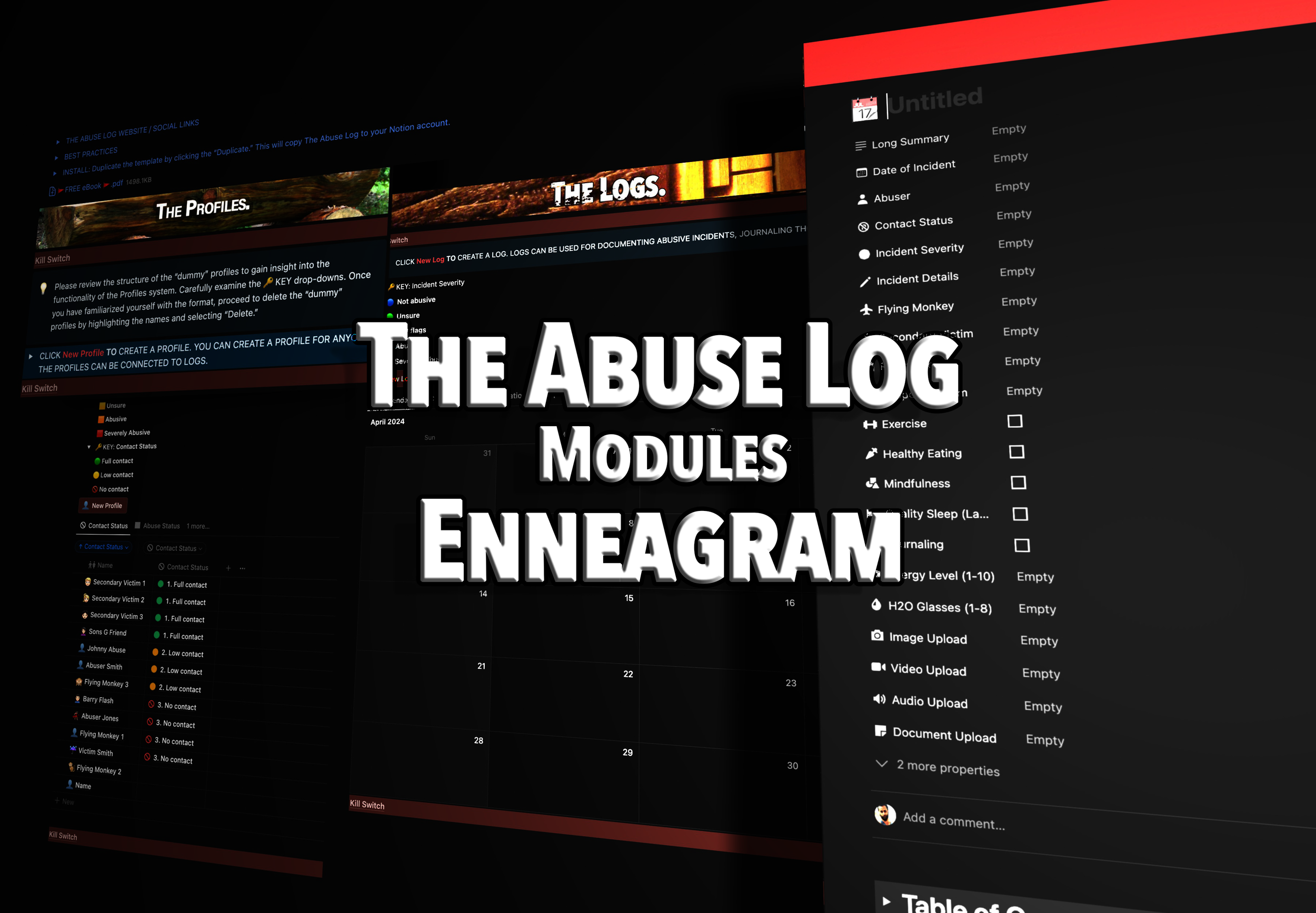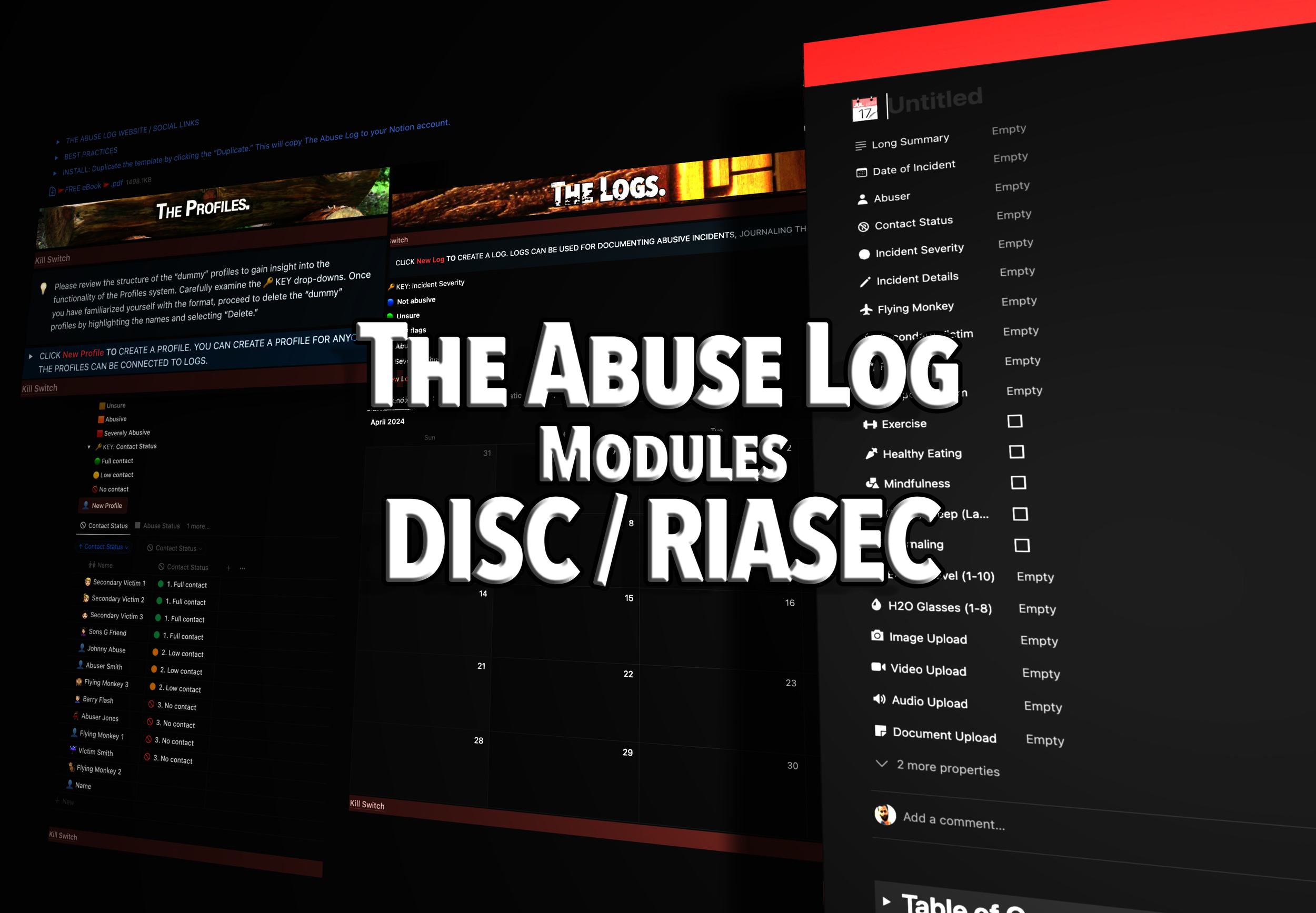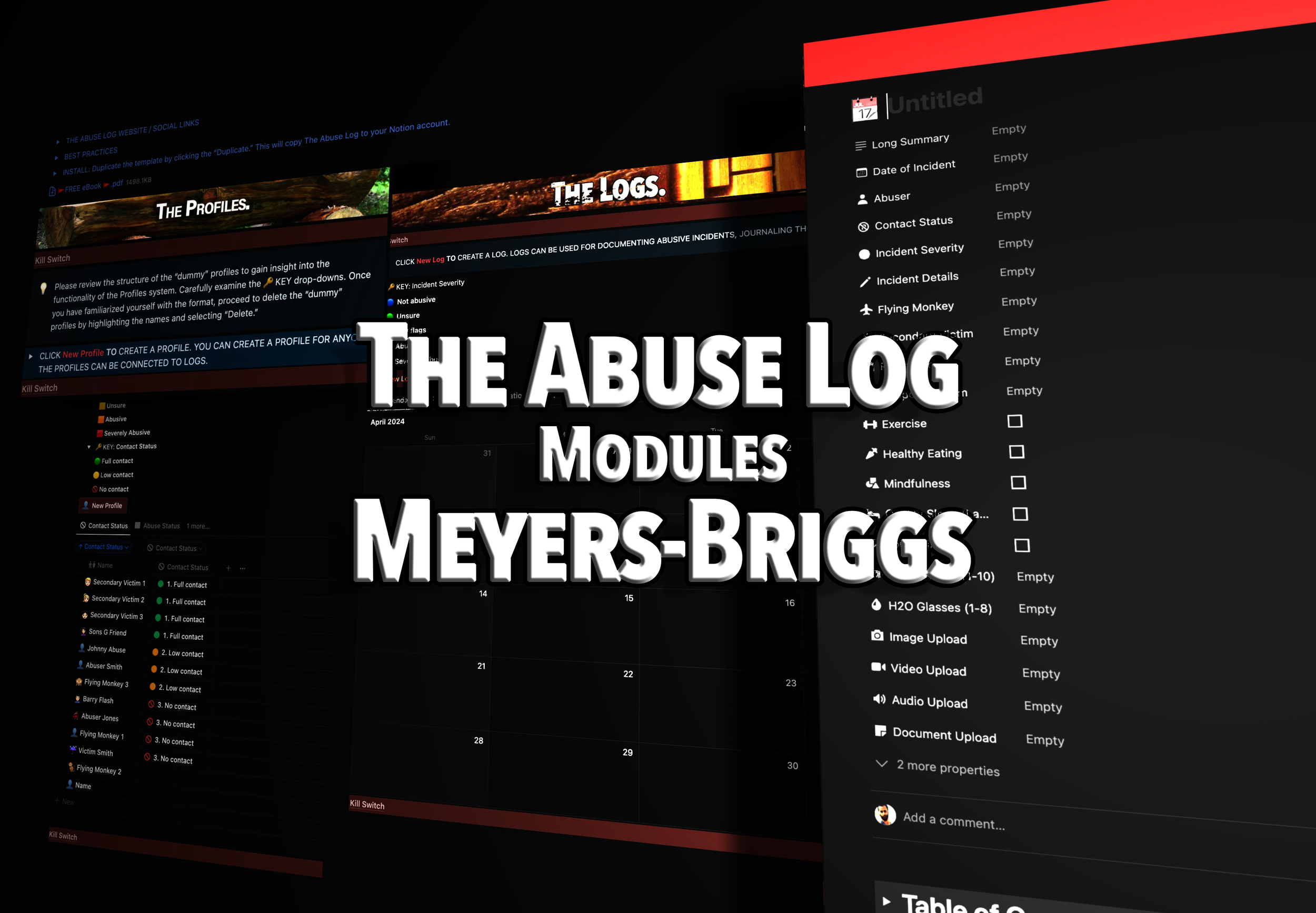The Fallacy of Diagnosis: Why Behavior Matters More Than Labels
In the realm of psychological abuse, many victims cling to the hope that an "official diagnosis" of their abuser will bring relief or validation. This mindset, though understandable, often leads to disappointment. Abusive individuals rarely reveal their true selves to outsiders, including therapists, and the emphasis on diagnosis can overshadow what truly matters: behavior.
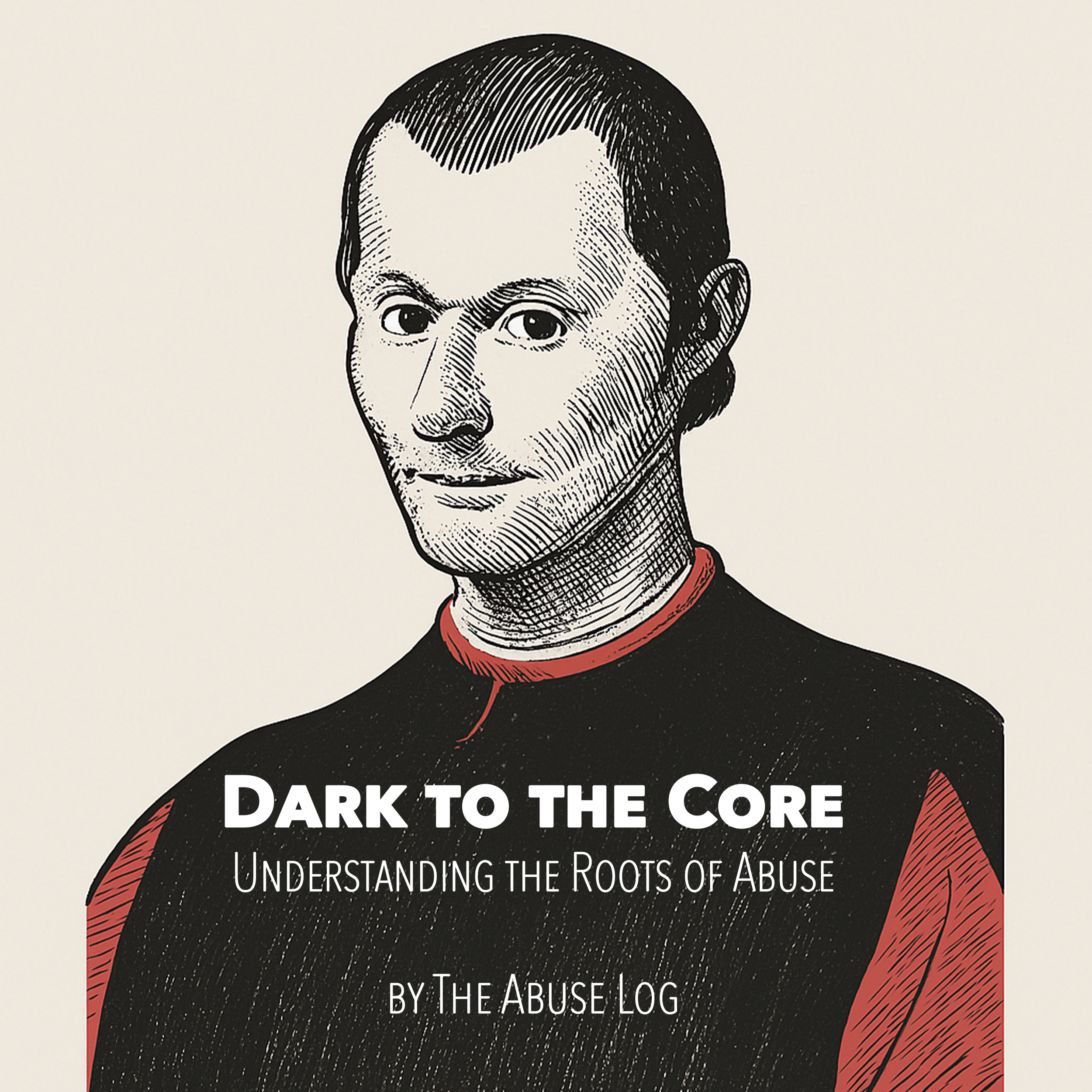
Therapists Rarely See Behind Closed Doors
Therapists are trained to observe and analyze behaviors, but their perspective is limited to what is presented in their office. Abusive individuals often exhibit charm, rationality, and even vulnerability during sessions, carefully crafting a narrative that paints them in a favorable light. Behind closed doors, however, their behavior may be starkly different. This discrepancy can lead to the gaslighting of victims, who are left feeling invalidated or misunderstood by professionals.
In many cases, abusive individuals manipulate therapists into believing that the victim is the true source of conflict. This phenomenon—dubbed "therapist triangulation"—compounds the victim's suffering, as their attempts to seek help are met with skepticism or even blame. Similarly, in family court, abusers may present themselves as calm and composed, while portraying the victim as unstable or overly emotional. This can have devastating consequences, particularly in custody battles, where a misinformed court decision can prolong the victim's exposure to abuse.
Behavior Over Diagnosis
A diagnosis of a personality disorder, such as Narcissistic Personality Disorder (NPD), may seem like the ultimate vindication for a victim. However, it’s critical to recognize that abusive behavior does not require a diagnosis to be valid or harmful. While clinical labels can provide context, they are not prerequisites for identifying abuse. Actions—not diagnoses—are what define an abusive dynamic.
Focusing on behavior rather than labels allows victims to:
Identify Patterns: Abusive behavior often follows a predictable cycle, such as love-bombing, devaluation, and discarding.
Take Action: Recognizing harmful actions empowers victims to set boundaries and seek help without waiting for a professional diagnosis.
Reclaim Reality: Focusing on tangible behaviors reduces the power of gaslighting and helps victims trust their own perceptions.
Gaslighting by Proxy: When Professionals Are Manipulated
A particularly insidious aspect of psychological abuse is the abuser’s ability to manipulate professionals, turning them into unwitting participants in the abuse. This "gaslighting by proxy" occurs when therapists, mediators, or even judges are convinced of the abuser’s narrative, often to the detriment of the victim. For the victim, this feels like a betrayal and further undermines their sense of reality.
For example:
In Therapy: An abuser may present themselves as the reasonable party, claiming the victim is "hysterical" or "controlling."
In Court: Abusers often weaponize their composure against victims, whose emotional distress is misinterpreted as instability.
Trusting Your Gut vs. Seeking Professional Validation
For victims of psychological abuse, trusting their instincts can feel like an impossible task. Years of gaslighting erode their confidence in their perceptions, making them overly reliant on external validation. While therapists and professionals can provide valuable insights, they are not infallible. This creates a paradox: victims must simultaneously trust their own reality while navigating systems that may inadvertently side with their abuser.
Solutions: Shifting the Focus to Behavior
Maintain Honest and Comprehensive Logs: Keeping detailed records of interactions and incidents can provide clarity. Document dates, times, and specific behaviors without editorializing. Tools like journals or specialized apps, such as abuse logs, can help victims organize their evidence.
Evaluate Evidence Fairly: Avoid exaggerating or misinterpreting minor grievances. For example, a partner’s failure to take out the trash after a long week is not necessarily abusive. Balanced documentation strengthens credibility and ensures focus remains on genuinely harmful patterns.
Seek Specialized Professionals: Work with therapists or advocates experienced in trauma and abuse dynamics. These professionals are more likely to recognize manipulation and validate the victim’s experiences.
Focus on Observable Behavior: Shift conversations away from diagnoses and toward specific actions. For example, instead of saying, "He’s a narcissist," say, "He consistently belittles me in front of others."
Develop Emotional Awareness: Use mindfulness techniques to differentiate between instinctual responses and fears shaped by past trauma. Rebuilding trust in one’s instincts is a gradual but essential process.
A Word on Self-Reflection
One of the most difficult questions victims face is whether they are the abuser. This doubt often stems from the abuser’s projection—a tactic that attributes their own behaviors to the victim. To navigate this:
Examine Your Own Actions: Regularly assess whether your behavior aligns with your values. Are your actions rooted in control or in mutual respect?
Seek Honest Feedback: Trusted friends or professionals can provide an external perspective.
Avoid Weaponizing Labels: Resist the urge to diagnose others without sufficient evidence or expertise.
Conclusion
The belief that an official diagnosis will solve the problem of abuse is a dangerous misconception. Abusive dynamics are defined by behavior, not labels. By shifting the focus to observable actions, maintaining comprehensive records, and trusting both oneself and skilled professionals, victims can regain their footing and take steps toward freedom. Ultimately, the goal is not to label the abuser, but to recognize and address the abuse.


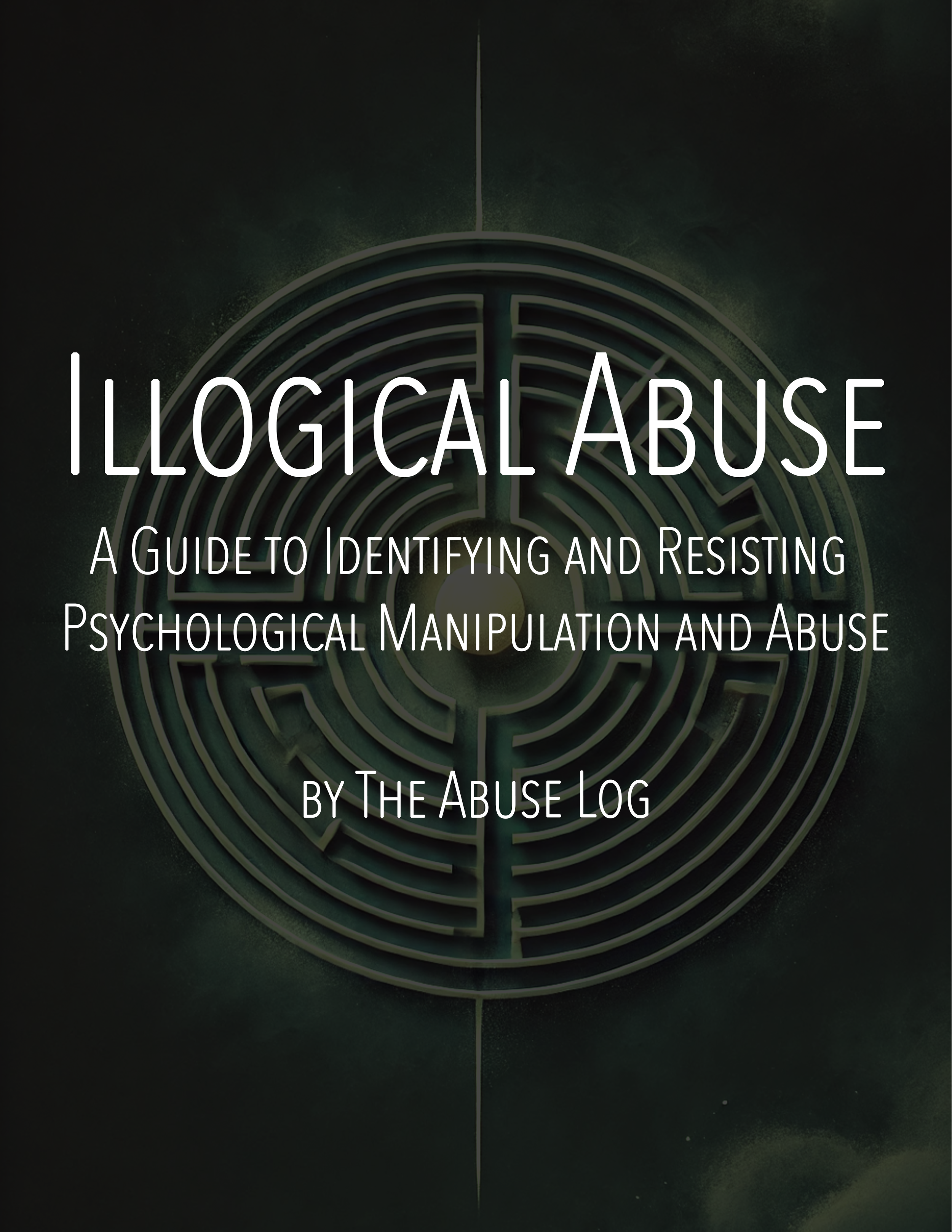

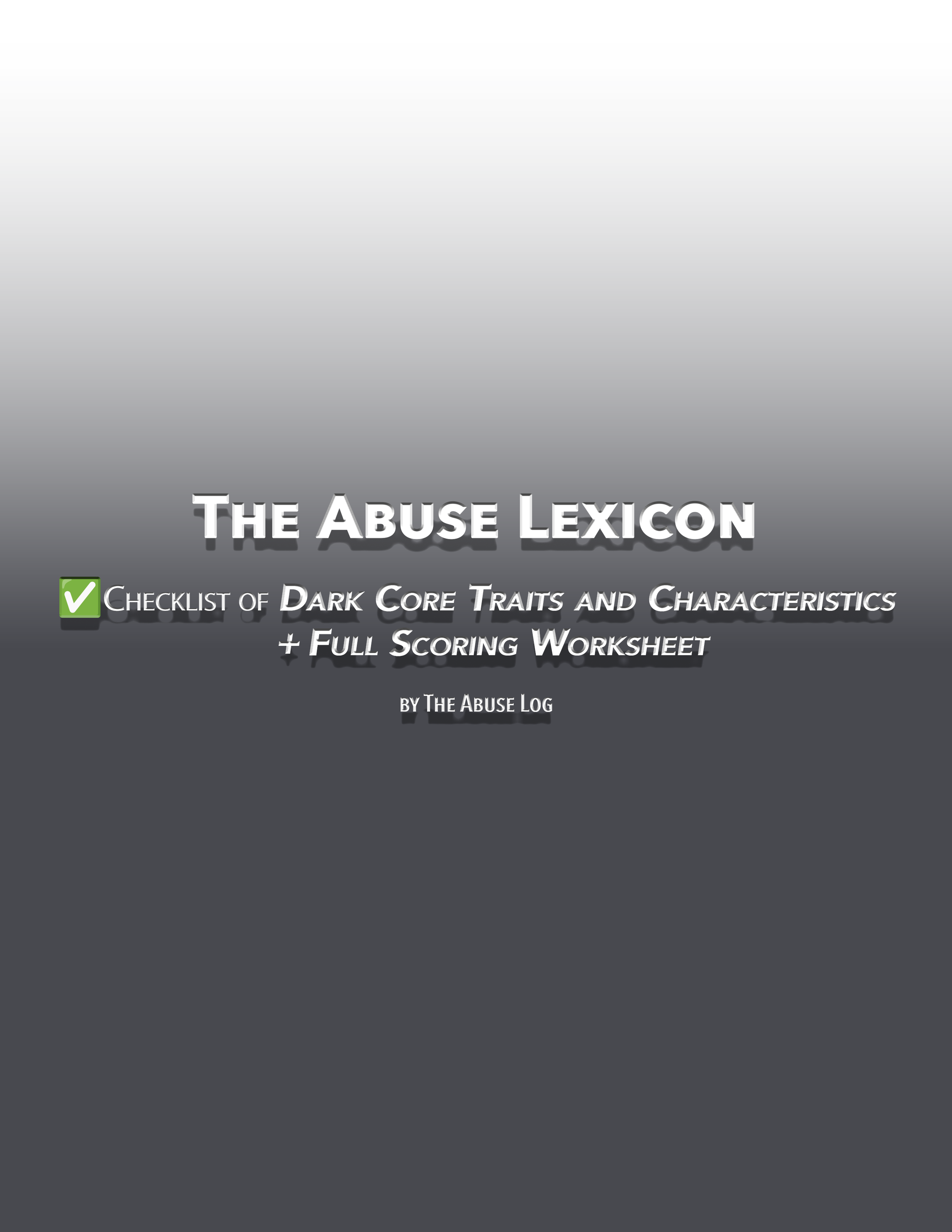


![The Abuse Log Notion Template [Basic]](https://images.squarespace-cdn.com/content/v1/65b9553c448d7e5b0ec1dfcd/4c83e581-b720-4cbe-83b1-2d72e7a9ac8a/Logo+Gumroad-Basic.png)
![The Abuse Log Notion Template [Advanced]](https://images.squarespace-cdn.com/content/v1/65b9553c448d7e5b0ec1dfcd/c3bb150a-a911-4f91-a23e-3621b98a2d55/Logo+GumroadAdvanced.png)
![The Abuse Log Notion Template [Professional]](https://images.squarespace-cdn.com/content/v1/65b9553c448d7e5b0ec1dfcd/7fa18cea-edf4-4325-8234-13f3527579c2/Logo+GumroadProfessional.png)






